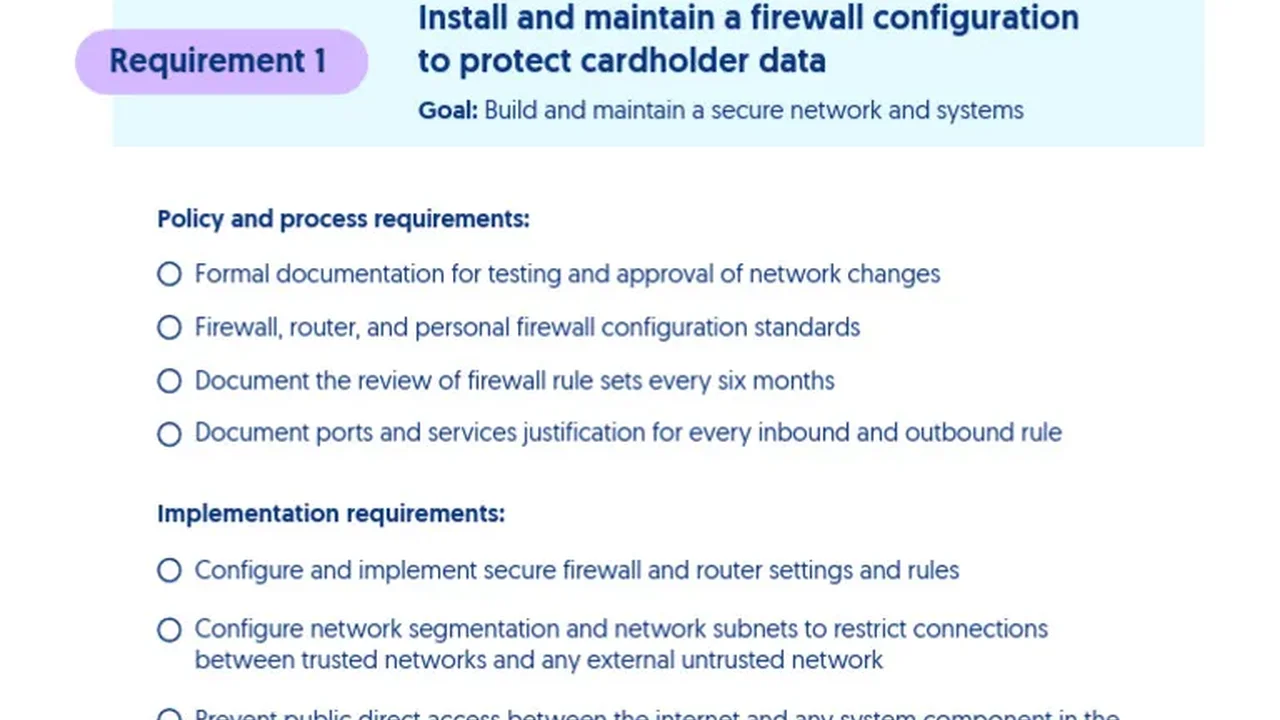The Role of Penetration Testing in Cybersecurity Risk Management
Understand the importance of penetration testing in identifying vulnerabilities and improving cybersecurity risk management. Learn how to conduct effective pen tests and remediate findings.

What is Penetration Testing (Pen Testing)?
Okay, let's break down what penetration testing, often called 'pen testing,' actually is. Think of it like this: you hire a friendly hacker (ethical, of course!) to try and break into your systems. Their job is to find weaknesses and vulnerabilities before the bad guys do. It's a proactive way to assess your security posture and see where you're exposed.
Why is Penetration Testing Important for Cybersecurity Risk Management?
So, why bother with pen testing? Well, traditional risk assessments often rely on assumptions and theoretical scenarios. Pen testing gives you real-world insights. It reveals actual vulnerabilities that could be exploited. This allows you to prioritize remediation efforts based on the actual risk they pose to your organization. It’s not just about ticking boxes; it’s about finding and fixing real problems.
Types of Penetration Testing: Black Box, White Box, and Grey Box
Pen testing isn't a one-size-fits-all deal. There are different approaches, each with its own advantages:
- Black Box Testing: The tester has no prior knowledge of the system. They're like a real attacker, starting from scratch. This simulates an external attack scenario.
- White Box Testing: The tester has full knowledge of the system, including code, architecture, and credentials. This allows for a more thorough and in-depth assessment, focusing on specific areas of concern.
- Grey Box Testing: The tester has partial knowledge of the system. This is a good compromise between black box and white box testing, providing a balance of efficiency and thoroughness.
Penetration Testing Methodologies and Frameworks
Pen testers don't just randomly poke around. They follow established methodologies and frameworks to ensure a structured and comprehensive approach. Some popular ones include:
- OWASP (Open Web Application Security Project): Focuses on web application security testing.
- NIST (National Institute of Standards and Technology): Provides guidelines and standards for cybersecurity.
- PTES (Penetration Testing Execution Standard): Offers a detailed framework for conducting penetration tests.
The Penetration Testing Process: A Step-by-Step Guide
Let's walk through the typical steps involved in a penetration test:
- Planning and Scoping: Define the scope of the test, including the systems to be tested, the objectives, and the rules of engagement.
- Reconnaissance: Gather information about the target system, such as IP addresses, domain names, and network topology.
- Scanning: Use automated tools to identify open ports, services, and vulnerabilities.
- Exploitation: Attempt to exploit identified vulnerabilities to gain access to the system.
- Post-Exploitation: Once access is gained, explore the system to identify sensitive data and assess the impact of the breach.
- Reporting: Document the findings, including the vulnerabilities discovered, the methods used to exploit them, and the recommendations for remediation.
Tools Used in Penetration Testing: A Look at Some Popular Options
Pen testers rely on a variety of tools to automate tasks, identify vulnerabilities, and exploit systems. Here are a few popular examples:
- Nmap: A network scanner used to discover hosts and services on a network.
- Metasploit: A framework for developing and executing exploit code.
- Burp Suite: A web application security testing tool.
- Wireshark: A network protocol analyzer.
- Nessus: A vulnerability scanner.
Penetration Testing Tools Comparison: Choosing the Right Tool for the Job
Choosing the right tool depends on the specific needs of the pen test. Here's a quick comparison:
| Tool | Purpose | Pros | Cons | Typical Cost |
|---|---|---|---|---|
| Nmap | Network scanning | Free, powerful, versatile | Can be complex to use | Free |
| Metasploit | Exploitation framework | Large database of exploits, easy to use | Can be noisy, may trigger alarms | Free (Community Edition), Paid (Pro Edition) |
| Burp Suite | Web application testing | Comprehensive, industry standard | Can be expensive | Free (Community Edition), $449/year (Professional Edition) |
| Nessus | Vulnerability scanning | Comprehensive vulnerability database, easy to use | Can be expensive, may generate false positives | $2,990/year |
Real-World Penetration Testing Scenarios: Examples and Case Studies
Let's look at some real-world scenarios where pen testing can make a big difference:
- Web Application Security: Identifying vulnerabilities in a web application, such as SQL injection or cross-site scripting (XSS).
- Network Security: Assessing the security of a network infrastructure, including firewalls, routers, and switches.
- Wireless Security: Testing the security of a wireless network, including password strength and encryption protocols.
- Social Engineering: Evaluating the effectiveness of security awareness training by simulating phishing attacks.
Remediating Penetration Testing Findings: Addressing Vulnerabilities Effectively
Finding vulnerabilities is only half the battle. The real challenge is fixing them. Here are some tips for effective remediation:
- Prioritize Vulnerabilities: Focus on the most critical vulnerabilities first, based on their potential impact and likelihood of exploitation.
- Develop a Remediation Plan: Create a detailed plan for addressing each vulnerability, including the steps required, the resources needed, and the timeline for completion.
- Test Remediation Efforts: After implementing remediation measures, retest the system to ensure that the vulnerabilities have been effectively addressed.
- Document Remediation Efforts: Keep a record of all remediation activities, including the vulnerabilities addressed, the steps taken, and the results of the retesting.
The Cost of Penetration Testing: Factors to Consider
The cost of a pen test can vary widely depending on several factors:
- Scope of the Test: The more systems and applications included in the scope, the higher the cost.
- Type of Test: White box testing typically costs more than black box testing due to the increased level of effort required.
- Expertise of the Testers: Experienced and certified pen testers command higher fees.
- Reporting Requirements: Detailed and comprehensive reports will increase the cost.
Expect to pay anywhere from a few thousand dollars for a simple web application pen test to tens of thousands of dollars for a comprehensive network security assessment.
Choosing a Penetration Testing Provider: What to Look For
Selecting the right pen testing provider is crucial. Here are some key factors to consider:
- Experience and Expertise: Look for a provider with a proven track record and experienced, certified pen testers.
- Methodology and Frameworks: Ensure that the provider follows established methodologies and frameworks.
- Reporting and Communication: Choose a provider that provides clear and concise reports and maintains open communication throughout the engagement.
- References and Testimonials: Check references and read testimonials from previous clients.
- Certifications: Look for certifications such as Certified Ethical Hacker (CEH), Offensive Security Certified Professional (OSCP), and Certified Information Systems Security Professional (CISSP).
Integrating Penetration Testing into Your Cybersecurity Strategy
Pen testing shouldn't be a one-off activity. It should be integrated into your overall cybersecurity strategy as a regular part of your risk management program. Schedule regular pen tests to identify and address vulnerabilities on an ongoing basis. This proactive approach will help you stay ahead of emerging threats and protect your organization from cyberattacks.
:max_bytes(150000):strip_icc()/277019-baked-pork-chops-with-cream-of-mushroom-soup-DDMFS-beauty-4x3-BG-7505-5762b731cf30447d9cbbbbbf387beafa.jpg)





